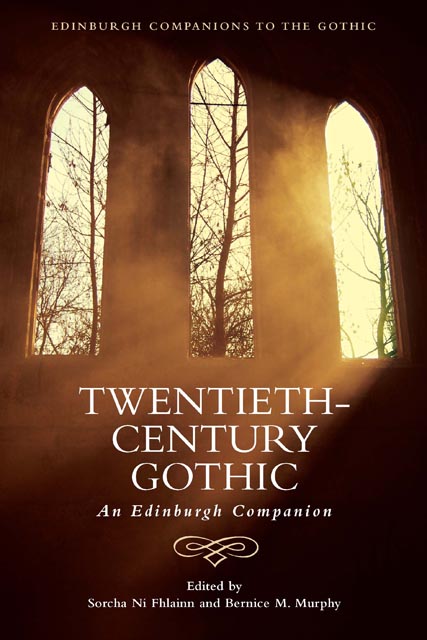5 - The Birth of an Evil Thought: The Gothic in Silent-Era Cinema
Published online by Cambridge University Press: 18 November 2022
Summary
The silent era of film, running roughly from the medium's public debut in 1895 through to the late 1920s, seems so long ago – almost unimagi-nably so. As cinema is a modern medium, forever marked with newness, its earliest phases feel illegitimate, almost impossible. Gothic tropes now characterise even its most mundane of expressions; reviewing a programme of 1914 films for The Guardian, Peter Bradshaw describes the experience as ‘more like a séance than anything else: an eerie summoning of ghosts from the early days of cinema and the twentieth century’. This says little enough about the films themselves but a lot about our position relative to them; they now seem alien and uncanny. It is perhaps for that reason that, with the possible exception of comedy, there is no type of silent film that proved to have a longer cultural afterlife than its horrific, Gothic, gruesome versions. The Gothic label tends to adhere most strongly to four cycles of silent-era films, and I will briefly list each of these in turn.
First, and earliest, is early cinema and the trick films, especially those of Georges Méliès. Méliès was a Paris-based magician and impresario who saw in the new medium a vehicle for the magical theatre's wondrous appearances, disappearances, animations, explosions and transformations. Made well before the genres of science fiction, fantasy and horror were understood as separate, Méliès's trick films had elements of them all, and a great many of them – including the first, Le Manoir du diable (The House of the Devil, 1896) – use the backdrop of stock Gothic locales such as haunted castles, graveyards and laboratories. One stock scenario that proved to have particular traction was that of a traveller checking into a haunted hotel and being comically beset by ghostly forces. Among the most famous of these were Méliès's L’auberge ensorcelée (The Bewitched Inn, 1897), Uncle Josh in a Spooky Hotel (1900) by Edwin S. Porter, La maison hantée (The Ghost House, 1906) by Segundo de Chomón and The Haunted Hotel (1907) by J. Stuart Blackton. These works are quintessential examples of what Tom Gunning famously called ‘the cinema of attractions’, meaning that they prioritise spectacle and impact over narrative integration.
- Type
- Chapter
- Information
- Twentieth-Century GothicAn Edinburgh Companion, pp. 83 - 98Publisher: Edinburgh University PressPrint publication year: 2022



